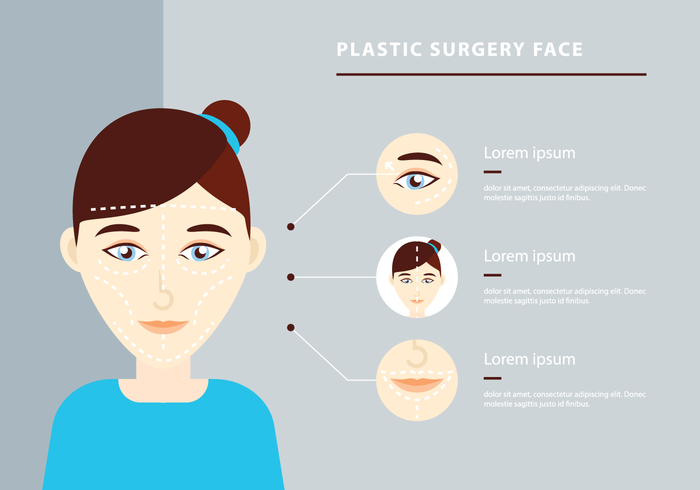In the hands of a proficient specialist, laser resurfacing is a safe and reliable method to treat scarring, creases, sunlight damage, and other blemishes. Select a specialist based upon their experience, training and credentials instead of simply the rate or brand of laser system.
Nonetheless, it is necessary to understand the pros and cons of this cosmetic procedure.
Cost
Laser resurfacing can help diminish the appearance of age spots and sun damage, leaving the skin with a more even texture. It can also be used to treat scars and enlarged oil glands on the nose.
The cost of laser resurfacing varies widely, depending on the type of treatment and the location. Patients ought to always ask for a detailed break down of the costs before agreeing to the procedure. In addition, many insurance service providers do not cover the procedure, but some may if it is deemed clinically essential. In addition, funding alternatives are offered with centers and medical credit cards such as CareCredit. These options can ease the burden of ahead of time expenditures, yet individuals must thoroughly evaluate the repayment terms before picking a strategy.
Generally, laser resurfacing uses much better results than chemical peels and dermabrasion. However, it can not replace a renovation or neck lift. Furthermore, it is not an efficient treatment for loose skin, which calls for surgical procedure to tighten up.
Downtime
Although laser skin resurfacing can be an efficient treatment for creases, acne scarring, and various other skin acnes, it requires significant downtime. Nonetheless, the recuperation process is typically brief and reasonably painless. The downtime is required because the laser disintegrate skin cells and promotes new development. This leads to smoother, tighter, and much more youthful looking skin.
There are a variety of laser resurfacing therapies available, and the best one for your certain requirements will rely on the kind of skin problem you want to resolve. A certified skincare specialist will certainly be able to determine the sort of laser that would work best for you.
If you pick a nonablative laser, you can expect little or no downtime. You may experience soreness and swelling for a few days, but this can be decreased by applying moisturizing lotion liberally and taking advil as needed. It is also vital to prevent unprotected sunlight exposure adhering to a laser therapy.
Side effects
The success of laser resurfacing relies on a number of factors, consisting of a knowledgeable and educated individual, a skilled medical professional and an ideal postoperative healing regimen. Severe problems can take place.
Common light adverse effects of laser skin resurfacing are redness, itching and crusting. You might also experience light bruising and abrasions. If you have herpes simplex infection (HSV) and get a fever blister outbreak in the therapy area, your physician may suggest antiviral medication prior to and after your treatment session.
Akhavan compares the healing procedure to that of a paper cut, saying that it takes regarding a week for the injury to close up and for the cells to start creating brand-new tissue. He suggests his clients to stay clear of severe cleansers throughout recovery and rather use a mild, fragrance-free cleanser or sensitive skin formula. He likewise warns them to use sun block and reduce sunlight exposure. He recommends that clients get their therapies on a routine to make sure that they're not interrupted by a holiday or other event.
Safety and security
Laser resurfacing is an extremely secure procedure in the hands of a microneedling near me skilled and educated company. Nonetheless, in the hands of an inexperienced person or a technician utilizing a crappy laser platform, it can be agonizing and dangerous.
During laser therapy, the treatment team cleans the location and applies a numbing lotion. After that, the laser gives off short, high-intensity beams that destroy harmed external layers of skin. The laser also heats up underlying skin, boosting collagen growth to enhance appearance and firmness.
The procedure can lower fine lines, age areas and irregular complexion in the majority of people. It can not deal with deep scars and sagging skin, nevertheless.
One of the most common adverse effects of laser resurfacing consist of soreness and swelling (erythema). Other prospective issues consist of hypopigmentation, skin eruptions and eczema, and herpes simplex or genital herpes break outs. Preventative measures for herpes simplex include antiviral medicine, such as valacyclovir or acyclovir, beginning 2 days before treatment and continuing up until 7 to 10 days after treatment.
